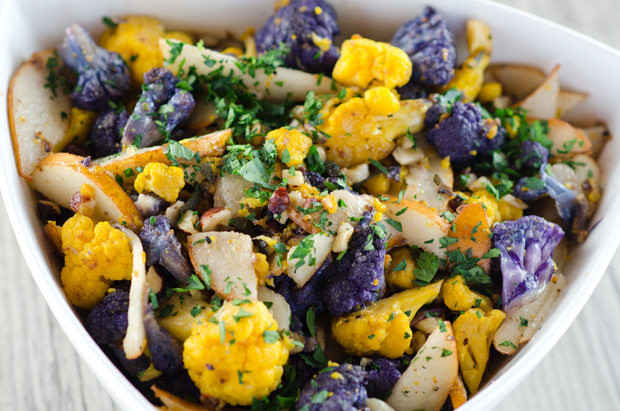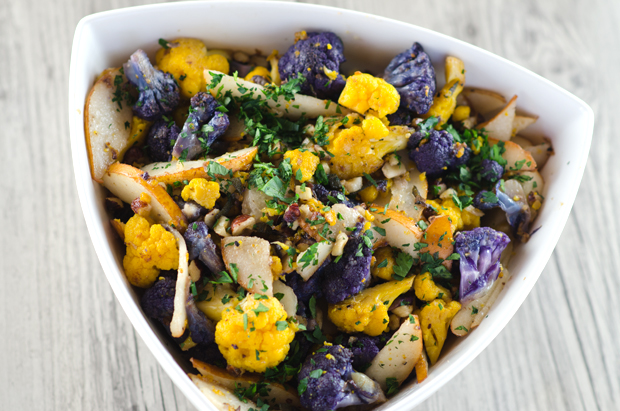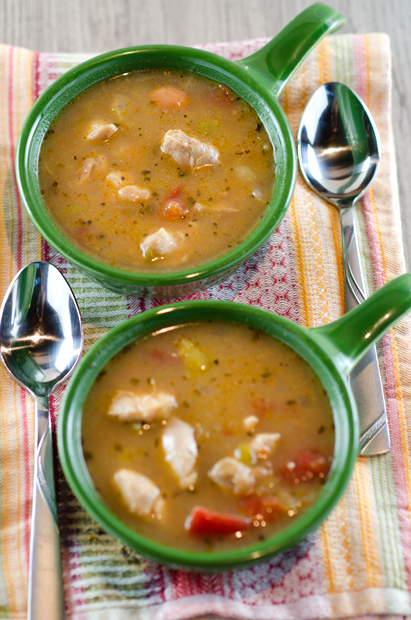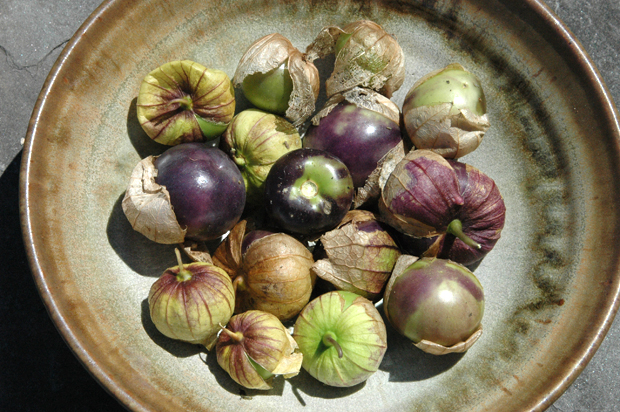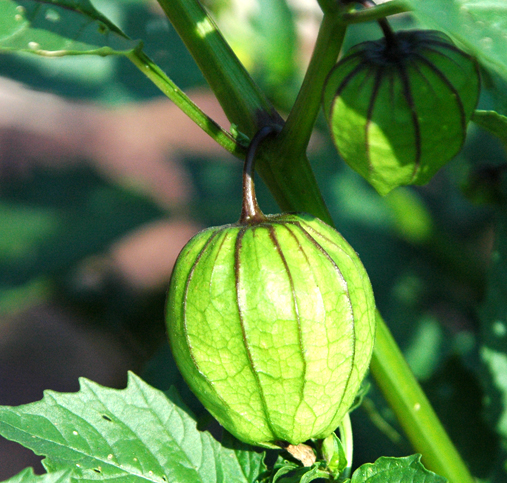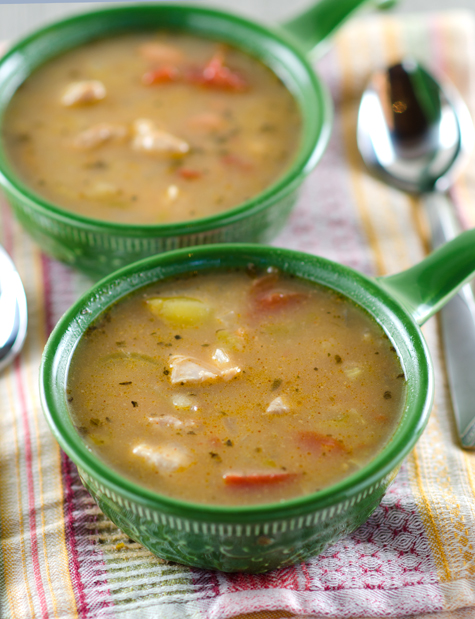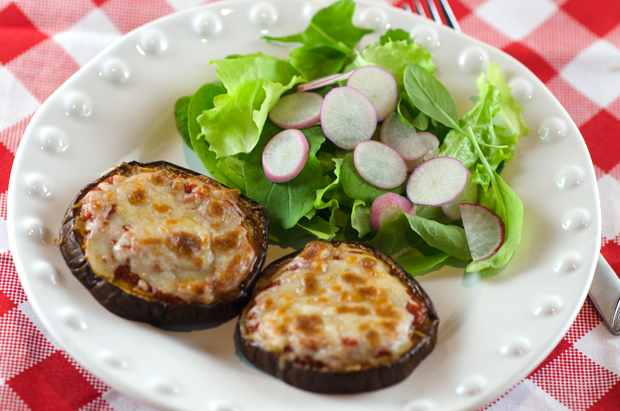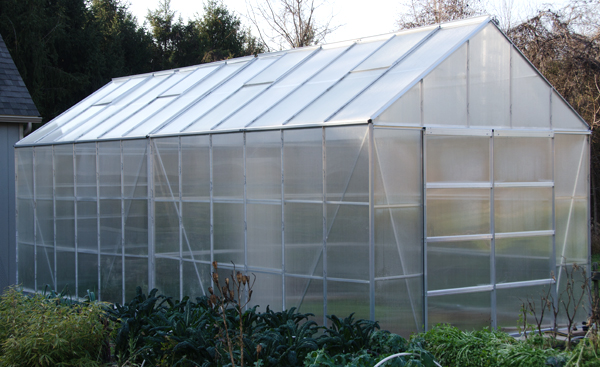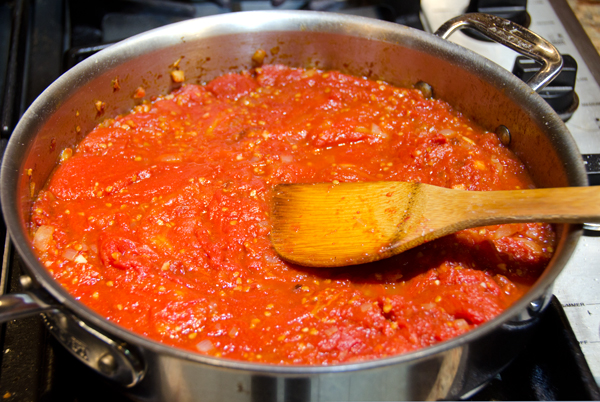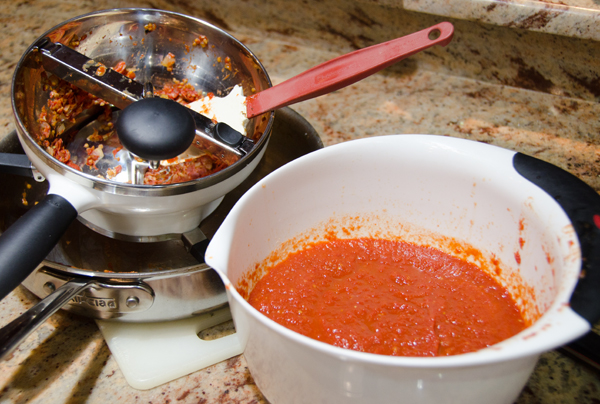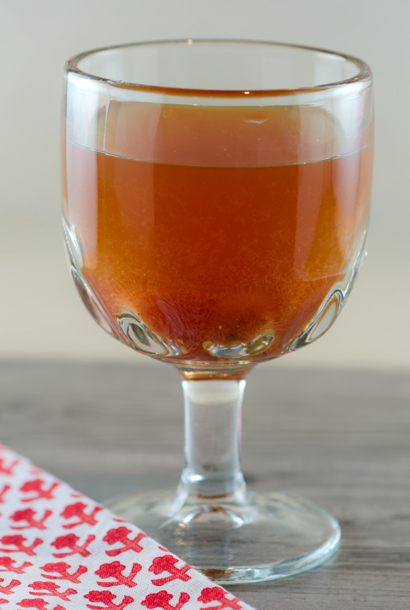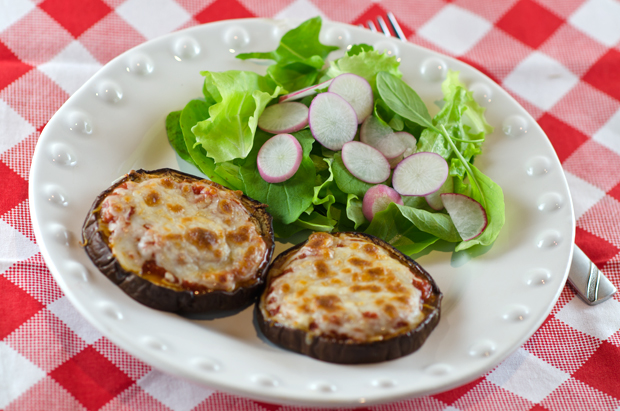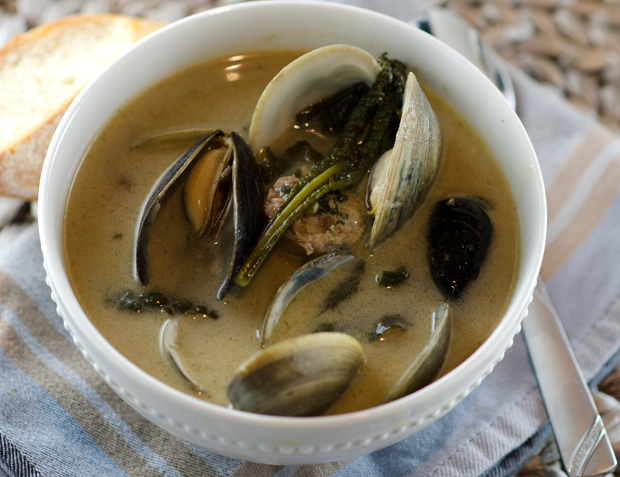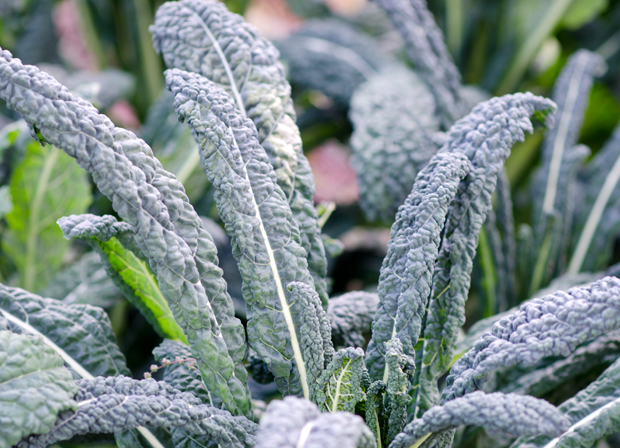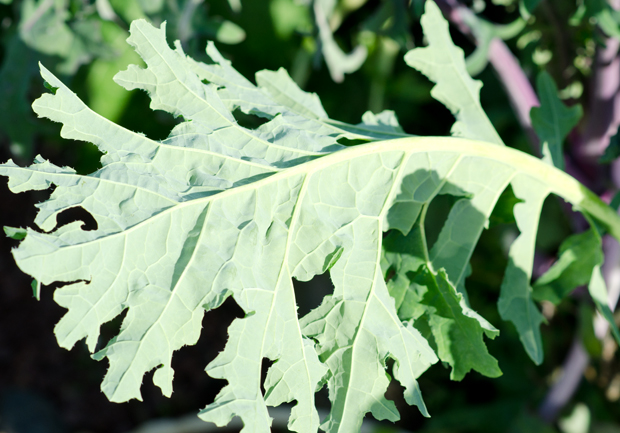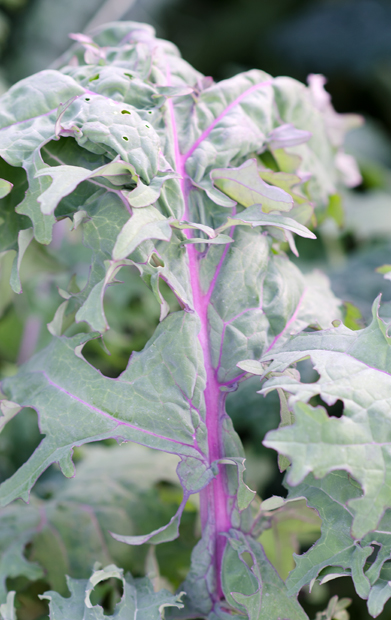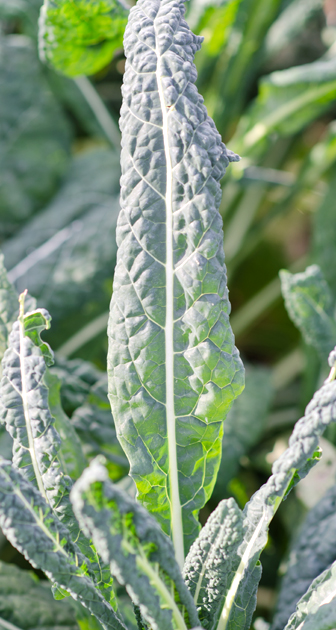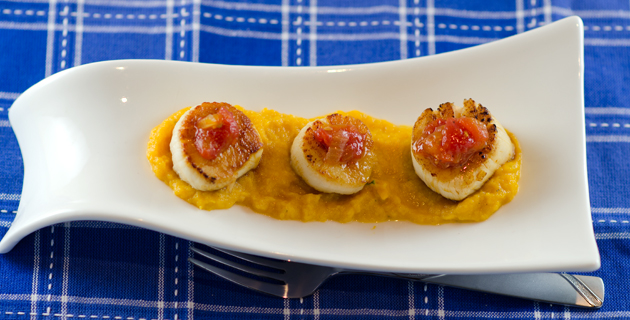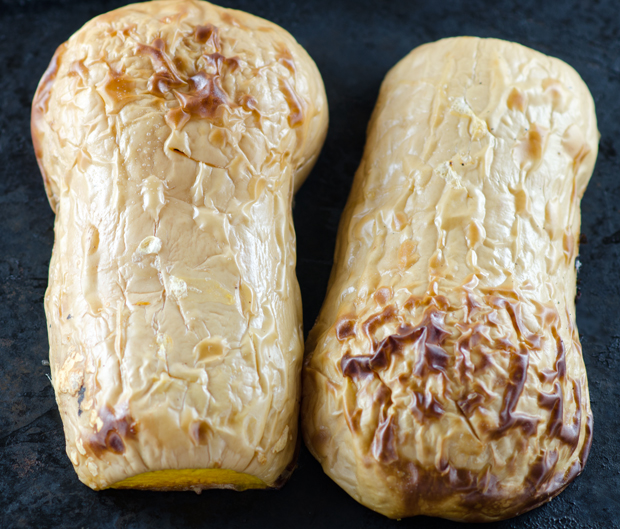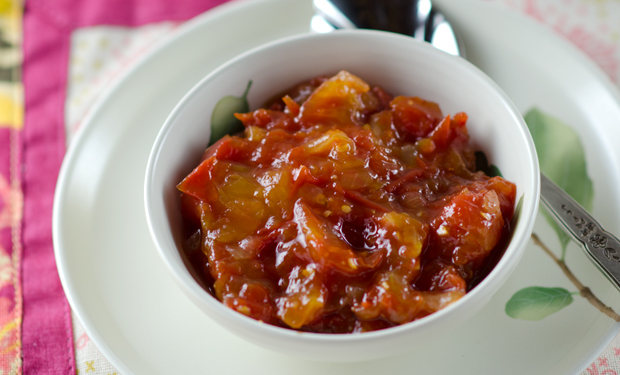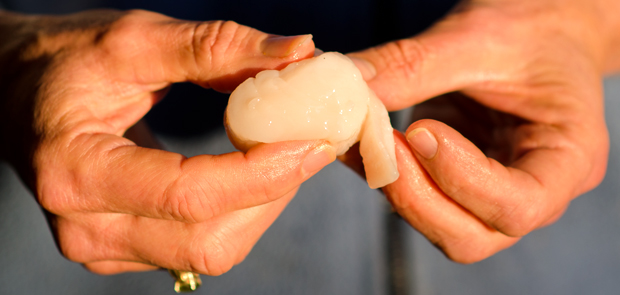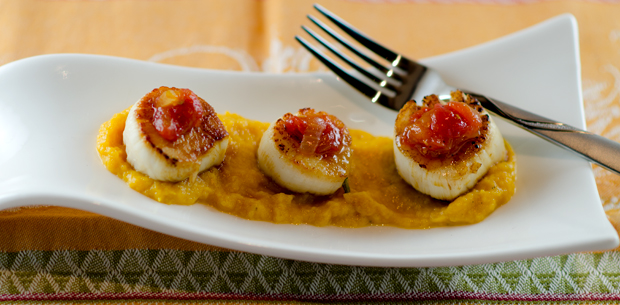Move over kale there’s a new vegetable star in town, cauliflower. Well, at least according to Bon Appetit’s trend alert in the November issue. Top chefs are now embracing the once lowly vegetable, in everything from a “ragu” atop pizza to roasted and topped with tahini dressing.
We’ve been enjoying cauliflower in new ways in the last couple of years. I like to separate it into florets, put it in a big bowl and toss it with olive oil, kosher salt and Aleppo pepper. Then I roast it on a baking sheet in a hot oven, tossing it occasionally, so that all the pieces get sweet and toasty brown. If the cauliflower gets done before the main course, I keep it warm under a heat lamp and inevitably most of it gets eaten before we sit down to dinner. I refer to it as veggie popcorn. The other method of cooking is to cook the florets in boiling water until soft. Then I put the cauliflower in the food processor with a little half and half, salt, pepper and my seasoning of choice and puree it. This time cauliflower morphs into “mashed potatoes” for a low carb treat.
Last Saturday was the last local outdoor farmers market, some of the vendors will return once a month now for an indoor market. While loading up on vegetables for Thanksgiving, I noticed one farm was offering along side the usual white variety, purple and a yellow-orange cauliflower. The young woman behind the counter referred to the orange one as “cheddar”. The shopper next to me turned up her nose and made a “yuk” face. She said the color reminded her of packaged macaroni and cheese.
If she knew the story behind this variety I think she would have changed her mind. Cauliflower belongs to the genus Brassica which includes broccoli, cabbage and yes, kale. The “cheddar” or orange variety of cauliflower was first discovered in Canada in the 1970’s. Scientists at Cornell University crossed it with the standard white cauliflower to create a vitamin rich variety, popular with farmers markets and specialty grocers. What my fellow shopper didn’t know was that the hue is from extra beta carotene. It is naturally stored in edible portion of the plant, the head of the flower buds, also known as the curd. That means it has 25% more vitamin A than it’s white cousin and second only to carrots.
Purple cauliflower had it’s origins in either Italy or South Africa. Anthocyanin pigments, also found in red cabbage and red wine gives purple cauliflower it’s color and the added benefits of promoting eye and heart health. Milder in flavor than the white variety, most varieties will retain most of their purple color when cooked.
This recipe is courtesy of Andrew Carmellini, a Food and Wine best new chef 2000. He is best known for his modern Italian dishes and his recipe combines some of fall’s favorite ingredients. The nutty flavor of roasted cauliflower is enhanced with brown butter and hazelnuts and combined with sweet pears and fragrant sage. It is a great addition to any holiday table and easy enough for a weeknight. It gains points with busy holiday cooks in two ways; one, it is a stovetop dish, freeing up valuable oven space and two, it’s delicious both warm and at room temperature, perfect for a buffet and leaving time for last minute prep for other dishes. Purple and yellow cauliflower will certainly brighten up any holiday table, but it would be just as delicious with the standard white variety.
Cauliflower with Brown Butter, Pears, Sage and Hazelnuts
From Fine Cooking magazine
Serves 8-10
Ingredients
- 6T unsalted butter
- 1 medium head white cauliflower or 2 small heads yellow and purple cauliflower cut into small florets about 3/4 inch wide
- 1/2 cup toasted, skinned, chopped hazelnuts (see tip right)
- 8 fresh sage leaves, thinly sliced crosswise
- Kosher salt and freshly ground black pepper
- 2 large ripe pears, cored and thinly sliced
- 2 Tbs. chopped fresh flat-leaf parsley
Tip:
To toast hazelnuts, spread them in a single layer on a baking sheet. Bake in a 350°F oven for 14 to 18 minutes, stirring every 5 minutes, until lightly browned. While still warm, rub them against each other in a clean dishtowel to remove the papery skins.
- In a 12-inch skillet over medium-high heat, melt the butter until light brown and bubbly. Add the cauliflower, hazelnuts, and sage.
- Cook for 2 minutes, stirring occasionally. Season with 1 tsp. salt and 1/2 tsp. pepper and continue cooking, stirring occasionally, until the cauliflower is browned and crisp-tender, 7-8 minutes more.
- Remove the pan from the heat. Add the pear slices and parsley. Gently toss to combine and warm the pears. Season to taste with more salt. Serve hot or at room temperature.
Make Ahead Tips
You can prep all the ingredients several hours ahead except for the pears, which will brown if cut too far in advance.


